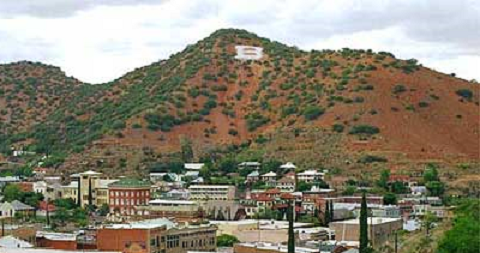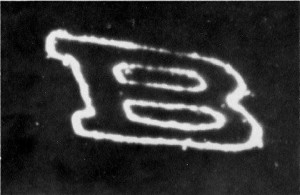Thanksgiving dinner was truly a feast when I was a kid because of the special menu items we rarely ate the rest of the year. Canned yams. Real dinner rolls. Big black olives we stuck on our fingers before eating them. A lime Jell-O salad made with cream cheese, pineapple and celery. Mom would stuff the remaining celery sticks with leftover cream cheese or peanut butter to munch on before dinner. And, of course, that cranberry jelly with the rings around the center.
Mom would have gotten up early Thanksgiving morning to start the turkey. She would boil the giblets to make broth for the stuffing, which was made out of old bread, since no one had invented ready-made seasoned croutons yet. Then she’d stuff the turkey, cover it with a cotton dish towel and put it into the oven, basting it several times until it was done. We didn’t have a roasting pan and this was decades before oven bags (which I used before my wife told me I was committing a mortal sin).
I’d remember one Thanksgiving for the rest of my life.
It was November 28, 1963. We’d gotten a television in January, a present from my grandmother who couldn’t believe we existed without one. Three days before we watched as a caisson carried JFK’s coffin from the White House to St. Matthew’s Cathedral and then to Arlington Cemetery. Macy’s had considered cancelling the Thanksgiving Day parade but decided to let the show go on to raise the spirits of a country in mourning.
I watched Captain Kangaroo when I got up that morning, as I did almost every morning, waiting for the parades that would follow. NBC traditionally broadcast the entire Macy’s Thanksgiving Parade. CBS showed parts of the Gimble’s parade in Philadelphia, the J.L. Hudson parade in Detroit, and the Eaton’s Santa Claus Parade in Toronto in addition to the Macy’s parade. It would be exciting, even though I would be watching in glorious black and white on a 19-inch Admiral TV. (We actually had cable back then since there was no other way to get a TV signal from Tucson across the mountains).
A few minutes before the end of the show, Captain Kangaroo and Mr. Green Jeans silently set a small table and brought out Thanksgiving dinner while “We Gather Together” played in the background. Then they sat and bowed their heads, as millions of others would be doing later that day, pondering that for which they could be thankful in the midst of tragedy.
It didn’t mean much to me until I was well into my forties, worn down by adversity, often brought on by my own mistakes. The memory of that simple ritual helped me through some dark times. Many years later I found welcome in the arms of another family for whom Thanksgiving is sincerely a time for reflecting upon what we have and not what we’ve lost.

